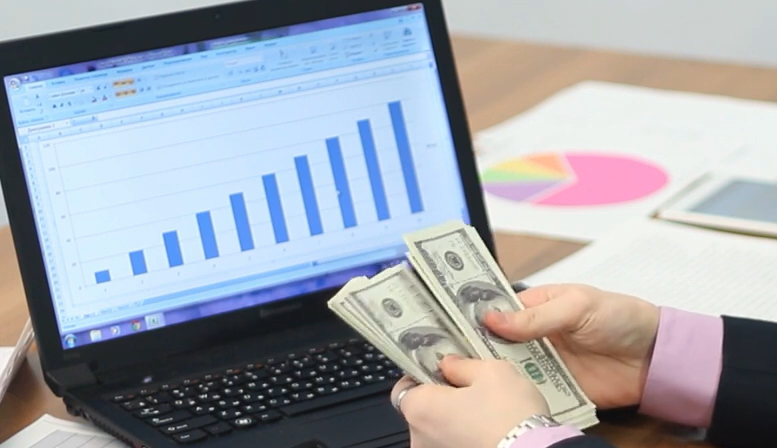Photo: YouTube
Rising wage inequality and slow and uneven growth in real (inflation-adjusted) hourly wages for the vast majority of workers have been defining features of the U.S. labor market for most of the last 40 or so years. In only about 10 years since 1979 did most workers see any consistent positive wage growth: in the tight labor market of the late 1990s and in the five years leading up to the pre-pandemic labor market peak in 2019 (Gould 2020). Some low-wage workers have experienced disproportionate wage gains in the current business cycle—gains that even beat out high inflation (Gould and Kandra 2022).
However, the latest data on annual earnings from the Social Security Administration (SSA 2022a) show that the very top continues to pull away and amass a larger share of the earnings pie, while the bottom 90% continues to fall further behind.
Wage growth was vastly unequal over the last 40 years and in the pandemic labor market.
The latest earnings data from the Social Security Administration (SSA) allow us to analyze wage trends for the top 1% and other very high earners, as well as for the bottom 90% through 2021 (SSA 2022a). Earnings distribution data from the SSA for 1991-2021, paired with data from Kopczuk, Saez, and Song (2007) from 1979-1990, are applied to SSA’s total wage and salary earnings (SSA 2022b) to construct total and average earnings in each wage group (see Methodology section for details).
Table 1 shows average annual earnings by wage group for each of the business cycle peaks since 1979, as well as for the last two years (in 2021 dollars). Between 1979 and 2019, the most recent business cycle peak year before the pandemic recession, average earnings growth was just under 50% (49.8%). This means that over that 40-year period, real average wages grew about 1.0% on an annual basis.
That average growth was not distributed equally across the wage distribution. In fact, wage growth for the bottom 90% of workers grew only 29.0% over that time period, or an average annualized rate of 0.6%, while the top 1% of wage earners experienced 163.9% wage growth (2.5% annually) and the top 0.1% experienced 337.4% wage growth (3.8% annually) over the same 40-year period. Even those in the 90th–99th percentiles—the top 10% excluding the top 1%—experienced wage growth far faster than the average, 76.7% between 1979 and 2019, or an annualized growth rate of 1.4%. This upward distribution of wages over the long term has meant slow wage growth for those in the bottom 90% of the wage distribution—alternatingly slow and stagnant increases in living standards for much of the last 40 years.
In the first year of the pandemic, average wages grew more quickly—a statistical anomaly that occurred because the bottom dropped out of the labor market (Gould and Kandra 2021). Low-wage (and low-hour) workers in leisure and hospitality lost their jobs in great numbers, far more than in any other sector. This led to an artificial increase in average annual wages. Despite this compositional boost to measured wages, the bottom 90% of wage earners saw very little gains in wages, while those at the top continued to see their wages rise.
In 2021, the labor market normalized as many low-wage jobs returned. For some of the lowest-wage workers, wage growth was actually stronger than for others, as employers worked a bit harder to entice them back into jobs that had become less desirable during the pandemic (Gould and Kandra 2022).
According to the latest SSA data, the only group to experience real wage gains between 2020 and 2021 was the top 1% of the earnings distribution. While the bottom 90% experienced losses of 0.2%, those in the 90th–95th percentiles experienced larger losses of 2.0%. Between 2020 and 2021, earnings for the top 1% and top 0.1% rose 9.4% and 18.5%, respectively.
When we look over the two-year period of the pandemic labor market, 2019–2021, all earnings groups in the top 10% experienced net wage gains. Again, the largest gains were at the very top, with wages for the top 1% and top 0.1% rising 16.1% and 29.2%, respectively. The bottom 90% experienced an overall loss of 0.2%.
Read rest of report:https://www.epi.org/publication/inequality-2021-ssa-data/?mc_cid=a27d2bc444&mc_eid=5095da12bc












